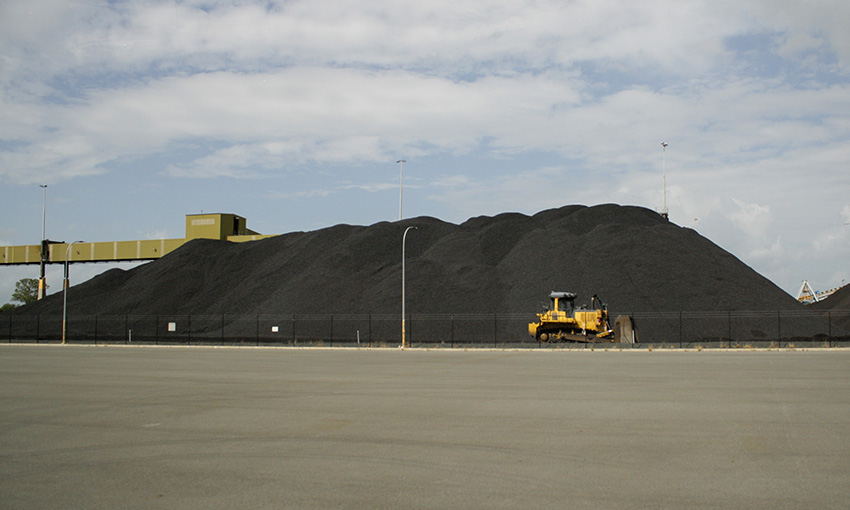GLOBAL coal use rose 1.2% in 2022, going beyond 8 billion tonnes in a single year for the first time, according to a report, Coal 2022, from the International Energy Agency.
The report forecast global coal demand to remain at similar levels in the coming years.
Based on current market trends, the report forecasts that coal consumption will then remain flat at that level through 2025 as declines in mature markets are offset by continued robust demand in emerging Asian economies.
The IEA said this means coal will continue to be the global energy system’s largest single source of carbon dioxide emissions by far.
The report said higher natural gas prices amid the global energy crisis have led to increased reliance on coal for generating power, but slowing economic growth has at the same time reduced electricity demand and industrial output – and power generation from renewables has risen to a new record.
In China, the world’s largest coal consumer, a heat wave and drought pushed up coal power generation during the summer, even as strict Covid-19 restrictions slowed down demand.
IEA director of energy markets and security said Keisuke Sadamori said the world is close to a peak in fossil fuel use, with coal set to be the first to decline, but we are not there yet.
“Coal demand is stubborn and will likely reach an all-time high this year, pushing up global emissions,” he said.
“At the same time, there are many signs that today’s crisis is accelerating the deployment of renewables, energy efficiency and heat pumps – and this will moderate coal demand in the coming years. Government policies will be key to ensuring a secure and sustainable path forward.”
The international coal market remained tight in 2022, with coal demand for power generation set to hit a new record, the IEA report said.
Coal prices rose to unprecedented levels in March and then again in June, pushed higher by the strains caused by the global energy crisis, especially the spikes in natural gas prices, as well as adverse weather conditions in Australia.
Port of Newcastle reported a dip in coal exports last calendar year, citing floods in the Hunter as a main driver of the decrease.
Europe, which has been heavily impacted by Russia’s sharp reductions of natural gas flows, is on course to increase its coal consumption for the second year in a row. However, by 2025, European coal demand is expected to decline below 2020 levels, according to the IEA’s report.
The world’s three largest coal producers – China, India and Indonesia – will all hit production records in 2022. However, the report notes that despite high prices and comfortable margins for coal producers, there is no sign of surging investment in export-driven coal projects. This reflects caution among investors and mining companies about the medium- and longer-term prospects for coal.
The IEA’s report forecasts coal demand to fall in advanced economies in the coming years as renewables increasingly displace it for electricity generation.
However, emerging and developing economies in Asia are set to increase coal use to help power their economic growth, even as they add more renewables. Developments in China, the world’s largest coal consumer, will have the biggest impact on global coal demand in the coming years, but India will also be significant.
Last week, Reuters reported that China had partially lifted its ban on the importation of Australian coal that had been in place since mid-2020.
The news service reported last week that China was to receive at least two cargoes of Australian coal this month.



